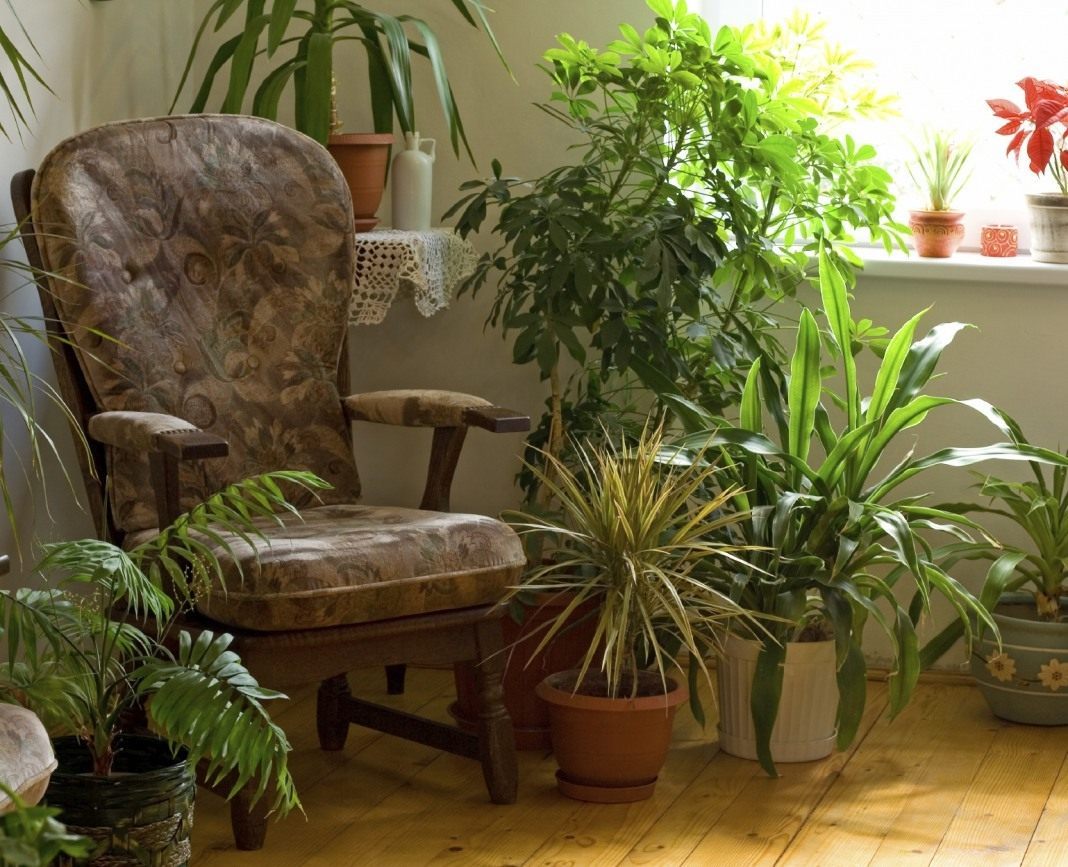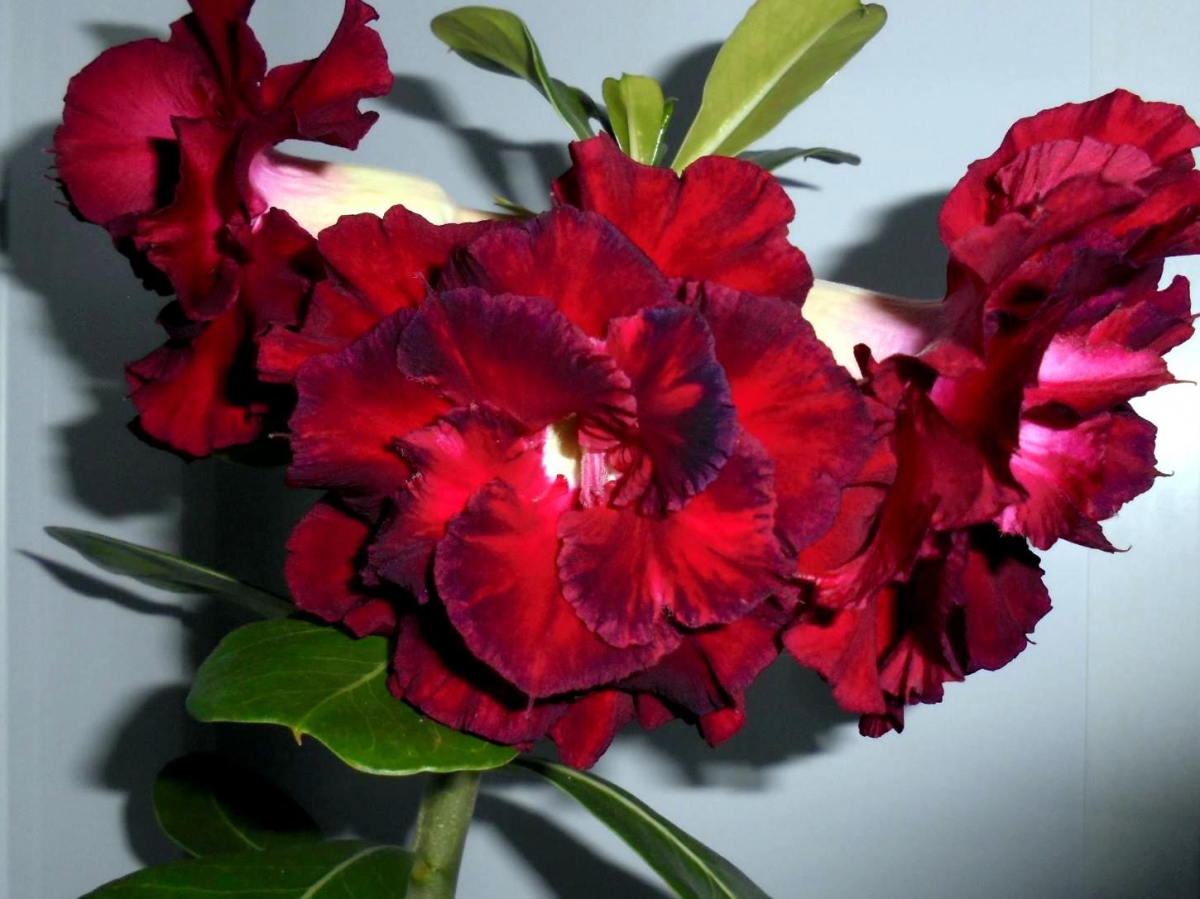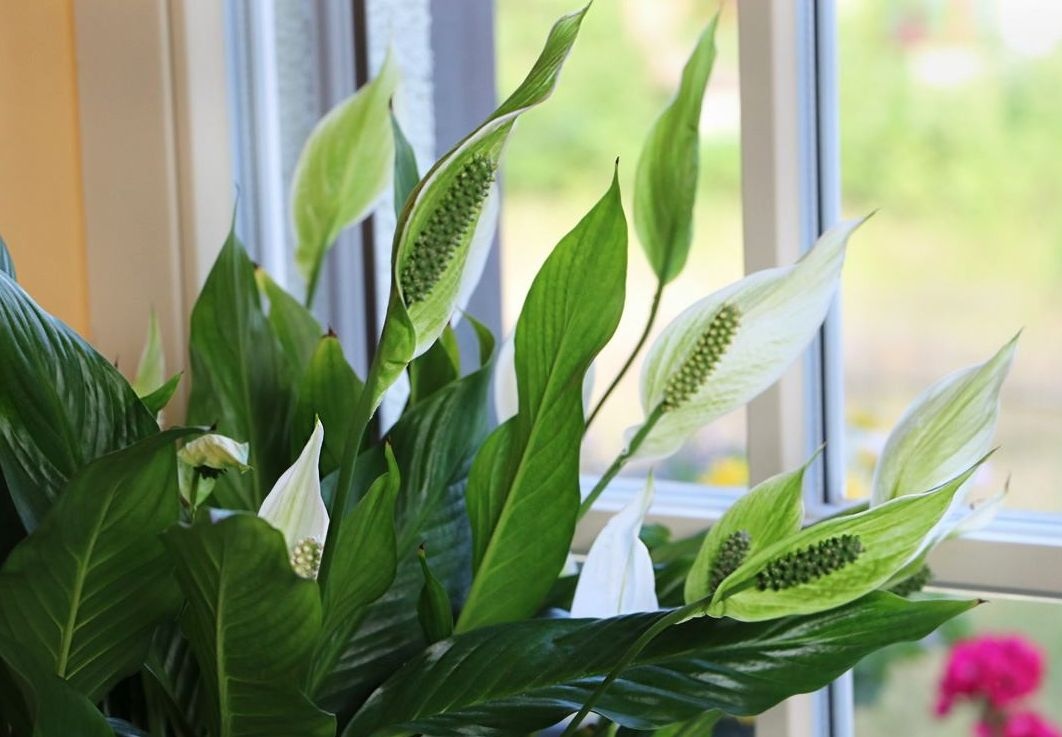In order for our favorite plants to thrive, they need to create favorable conditions. They always need to be watered, fed on time and, of course, do not forget to update the soil, change the pot to a more spacious one. From time to time, indoor flowers should be transplanted, but when it is necessary to do this, we will try to find out in more detail.
Indoor flower transplant
Any plant gradually grows, and its root system develops. Over time, it becomes the largest, absorbing all useful substances from the soil mixture. As the roots grow, they becomes cramped in the same container... Even if the "pets" are fed and kept in one pot for several years, their full development will stop.
You can often observe when the flower is watered often, and the soil in it dries out very quickly. So, it happens due to the intensive growth of the root system. Another factor is that through the drainage hole you can see some of the roots that break out. If this happens, then it's time to change the cramped pot to a more spacious one.
Certain exotic plant species do not need replanting annually. Changing the pot negatively affects them, they experience stress. They need to be replanted only when the root system has completely entwined the entire pot.
The transplant helps to solve various problems, as they are often hinder full development:
- not enough free space in the pot;
- if pests, diseases appear;
- lack of nutrients in the soil.
Plants should have enough time to root well before flowering, so dormancy is the best time.
When to transplant flowers?
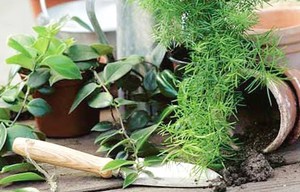 After winter, a dormant time, the pot residents begin a process of active development. They need renewed soil, it can provide the necessary nutrition. Experts believe that the most favorable time for transplanting is spring. If buds appear, they are preparing for flowering, then the processshould be postponed until next year.
After winter, a dormant time, the pot residents begin a process of active development. They need renewed soil, it can provide the necessary nutrition. Experts believe that the most favorable time for transplanting is spring. If buds appear, they are preparing for flowering, then the processshould be postponed until next year.
Perennials are recommended to be transplanted at least once every 2 years. Indoor flowers growing very slowly need this procedure once every three years. Cactus and succulents can easily develop in this capacity for up to 6 years.
It is advisable to familiarize yourself with the lunar calendar in order to choose the most favorable days. It is enough to buy a lunar calendar for a year to understand which lunar days to transplant. It is believed that they should not be disturbed during the full moon. It is best to do this on days when the moon is rising. A very good period when the moon is in fertile signs - Pisces, Taurus, Cancer. These signs have a wonderful effect on the development of plants, even with a waning moon.
How is it correct?
First you need to determine which species the flower that needs transplantation belongs to. After that pick up a new container for him... It should not be too large, only 2-3 cm in diameter larger than the previous one. A new or old container should be well treated with boiling water. If the pot is earthenware, then put it in water for a couple of hours so that all harmful substances come out of there. At the bottom of the container, it is necessary to lay drainage in a layer of 3 cm.As a drainage, it is suitable:
- coals;
- expanded clay;
- gravel;
- shards.
Some need a thicker layer, it can occupy 1/3 or half of the pot. The potting mix must always meet the following criteria:
- be nutritious;
- pass air to the root system;
- contain the required% acidity for a particular species;
- free of pests and pathogens;
- do not retain excess moisture.
How to check if a transplant is needed?
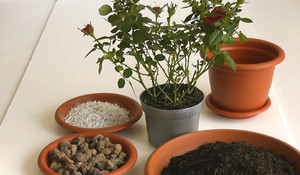 If there are doubts about the renewal of the container, they can be checked by taking it out of the pot of its inhabitant. This must be done carefully and always together with the ground. If all the soil is entangled in the root system and there is practically no ground visible, then it's time to move the plant to a more spacious container.
If there are doubts about the renewal of the container, they can be checked by taking it out of the pot of its inhabitant. This must be done carefully and always together with the ground. If all the soil is entangled in the root system and there is practically no ground visible, then it's time to move the plant to a more spacious container.
When the roots have not completely braided the container, there is still free space for further development, then it's worth the wait... The flower easily returns to its original place and continues to grow further.
If the plant does not have new shoots, it does not throw out buds, the leaves turn yellow, and it can also stick out an earthen ball with a root from the pot - it must be transplanted.
Process description
The plant chosen for relocation must be watered per day so that it is easier to remove it from the old pot. It is better to buy soil for planting in a store, picking up a certain soil mixture. In such soil, the most suitable composition for full development has been selected. It is better not to take the land from your own garden, since various fertilizers are often applied there, such a composition can harm the flower.
Taking out the root with a lump of earth, you should pay attention to the presence of pests... If there are any, then you will have to get rid of the earth and rinse the roots. Rotten roots must be removed, treated with a solution of potassium permanganate and sprinkled with ash.
After the drainage layer, a little soil mixture should be poured into the pot with a layer of about 2 cm. After that, the plant is transferred to a new pot and the free space is covered with earth. The soil must be lightly crushed, watered and sprinkled with a light layer of loose soil to provide air for the roots. Over time, the soil will settle from watering and after that you can add a little more fresh soil.
Correct care
 Immediately after moving to a new container, the inhabitant cannot be placed in a sunny place. Better to put the pot in the shady side of the room for five days while its new "tenant" adapts. After that, if everything is okay, return to the usual place... The plant should not be watered for the first week. In the future, also limit watering, so that the roots, due to a lack of moisture, tend to look for it, growing in a new substrate.
Immediately after moving to a new container, the inhabitant cannot be placed in a sunny place. Better to put the pot in the shady side of the room for five days while its new "tenant" adapts. After that, if everything is okay, return to the usual place... The plant should not be watered for the first week. In the future, also limit watering, so that the roots, due to a lack of moisture, tend to look for it, growing in a new substrate.
Indoor flowers do not need feeding immediately. Fertilizers can be applied no earlier than 4-8 weeks after transplanting. It is recommended to spray the deciduous mass almost daily. Experienced hobbyists recommend pinching or trimming the ends of the stems. This improves the nutrition of the flower and its development is intensifying.
All of these simple rules are likely to be helpful in knowing when to replant plants. They will help create more comfortable conditions for their resettlement and development. Our favorite flowers will surprise us with an abundance soon after, if the entire procedure is performed carefully, in a timely manner and correctly.
